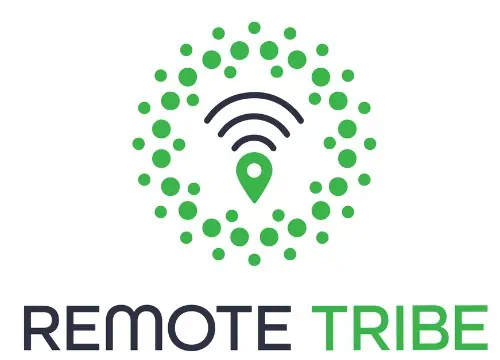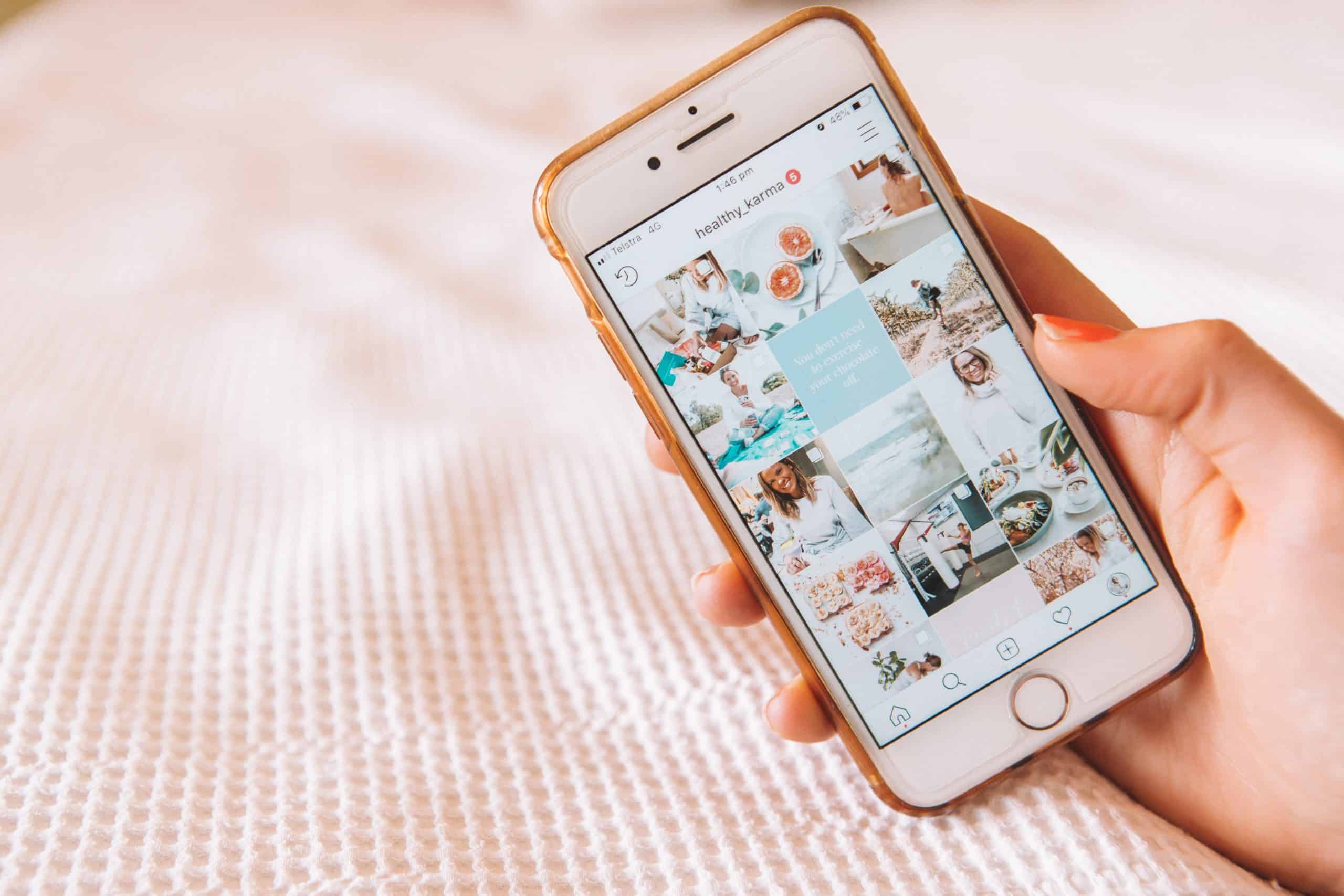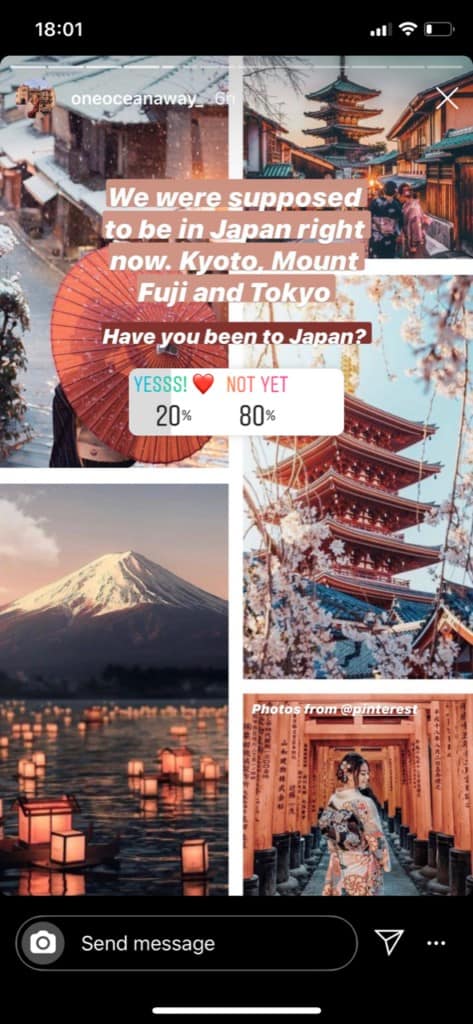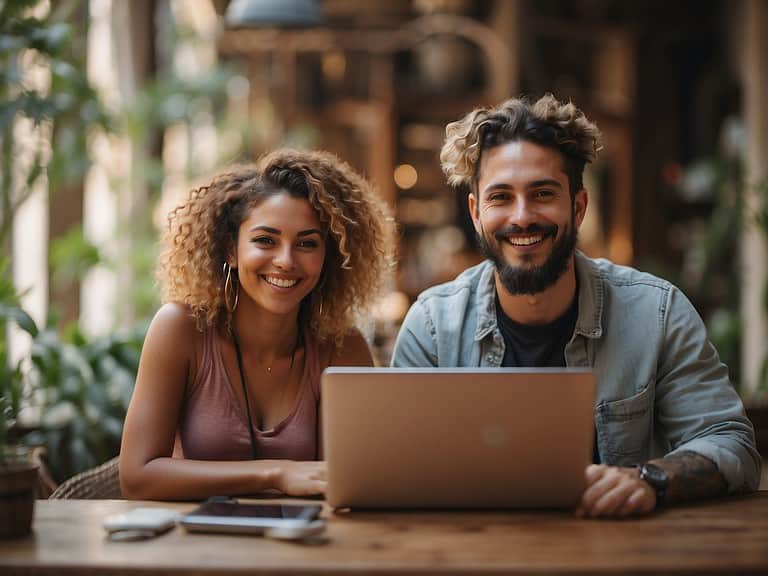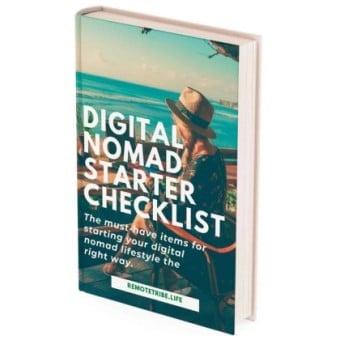Many influencer marketing campaigns have been paused or cancelled completely due to the coronavirus pandemic, as brands become more careful with their activities that could be deemed non essential in the COVID environment characterised by uncertainty.
In recent years, lifestyle influencers have risen and formed an industry altogether in the real sense. Their value has been to create “content” in the form of feeds depicting beautiful and carefully curated lives.
Their income is usually based on sponsored product deals and brand collaborations. The perks include free trips, designer clothes, invitations to swanky events. All these in exchange for likes, follows and referral codes towards the sponsored brand.
The companies that use influencers are now hesitating to allocate marketing spend that can’t always be tracked to sales as you would expect in times of financial downturn and instability.
The vast majority of their campaigns have been related to the promotion of future events that are now not happening, or certain industries that have been affected by the COVID-19 pandemic (e.g. travel and hospitality).
Also, brands that are continuing to run marketing campaigns during the coronavirus pandemic are treading softly in order to avoid appearing insensitive or opportunistic.
However, in a new survey of 389 digital creators conducted by the marketing firm Influence Central, creators reported seeing increases in audience engagement across social media platforms like Instagram, TikTok, Facebook, Pinterest, and their personal blogs.
For example, fitness is a sector that has capitalised on live-streaming, where influencers like London Fitness Guy, and Katie Dunlop, have also seen increased engagement on live fitness videos, as users enjoy being part of a digital community and feel motivated to work out with other people at the same time.
How to adapt as an influencer during the Corona crisis
1. Start live-streaming
Self-isolation has resulted in people increasingly looking to build and maintain connections, and a surge of this type of content happening online.Live streaming platform, Twitch, saw a rise in viewership of 10% during the weekend of March 14th, as viewers spent more time on gaming and other forms of digital entertainment. Also, Facebook Live viewers have increased by up to 50% from February to March according to Cnet.
An article from MBW shows that TikTok saw downloads in the US reach 6.2m in March, up 27% compared to 4.9m downloads in February. TikTok also saw a 12% rise in global downloads in a single week, going from 25.4m on March 9th to 28.5m on March 16th.
If you are an influencer and want to ride this trend, then it’s a good time to run live sessions(Facebook, Instagram,Twitter) on your traditional and popular topics. You can then repurpose down the line once the coronavirus has passed. Engage your audience with things like DIY, inspirational talks, Q&As and “how tos”. You could also go into other topics you never talked about and experiment with new content.
2. Create relevant content around home activities
The internet is saturated right now with COVID-19 content, but this doesn’t mean you cannot aim for the first page of Google Search. Target long-tail keywords which are highly specific to your niche. For example, you could be writing or talking on video about how to beat anxiety or a step by step plan on how to plan a long trip in Asia. This content costs nothing to create other than your time, which you might have more of at this point, anyway.
3. Focus on consulting, teaching and coaching
Influencers are starting to switch up their revenue strategies, focusing on long-term bets like direct-to-consumer businesses or alternative revenue streams like consulting, teaching, and coaching.
Social media professionals can also act as an example of ‘doing good’, with audiences more willing to follow the advice of someone they like or trust rather than a large or faceless brand.
4. Use Instagram Stories to create quizzes
Try to use any forms of interactive content like quizzes based on older pictures or new stories. Some reports suggest that this could be another way forward for brands hoping to connect with consumers in the coming weeks.
5. Use COVID-19 hashtags
Hashtags are a powerful way to expand your social media reach and increase your followers base. For sure, there are many trending COVID-19 hashtags being posted around. But broad Instagram hashtags like #COVID19 will not give you too much visibility. The key is to use location and industry modifiers. For example:
- Instead of #COVID19, try something like #covidfashion #covidpetsafety or #covidhomeschooling.
- Instead of #wereinthistogether, try something like #portlandstrong.
Some other ideas for COVID-19 hashtags you can use or modify for your business are:
- #DIY (think #diyhomedecor or #diyhaircut).
- #boredombusters
- #athome (like #athomeworkout or #athomelearning).
- #quarantineedition
- #quarantine (Including #quarantineparenting, #quarantinecrafts, #quarantinerecipes).
6. Repurpose reviews and followers interactions
Take some of your followers comments and create stories or statuses out of them, engaging with your audience.
Another good strategy if you own a product or service, is to grab the positive customer reviews and generate content around them. Even if the posts don’t push for a call to action or purchase, they do give a positive boost to your brand and build the relationship with your followers.
7. Support other local businesses during COVID-19
Offer to share details about a few different local businesses if your followers enter the game and tweet or share something about you on social media. It’s a strategy that’s worth trying in these difficult times. At the same time, it is a great way to reach new audiences on Twitter or Instagram while also helping out other local businesses struggling during COVID-19—all for free.
